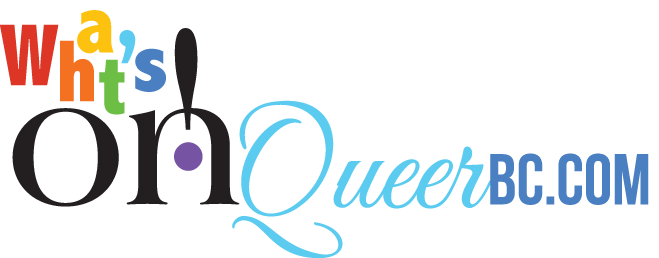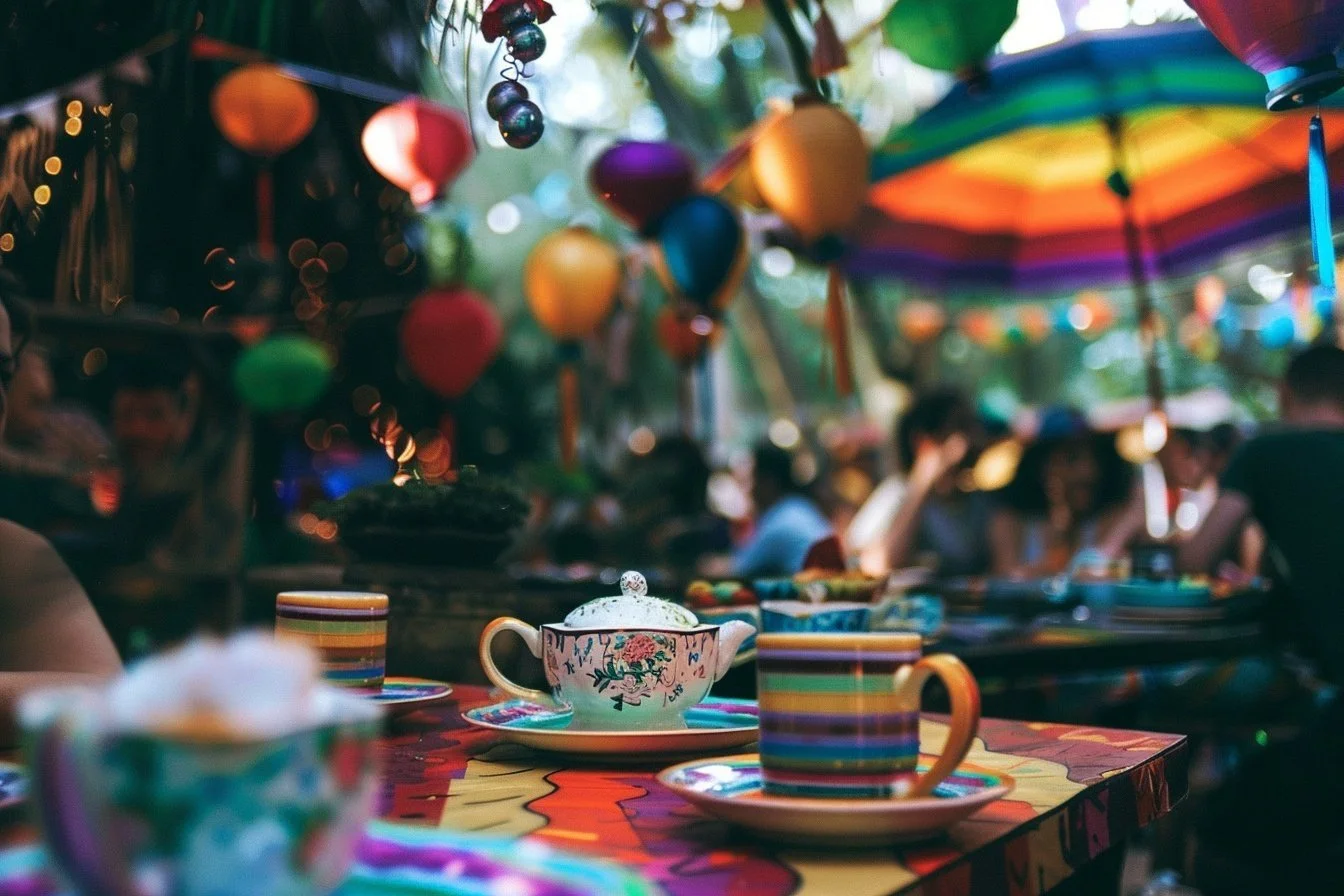What is a T-Dance?
by Jude Goodwin
The T-Dance: A Cultural Tradition in the 2SLGBTQiA+ Community
A T-Dance, short for "tea dance," is a daytime social dance event. It typically takes place in the afternoon or early evening and often includes music, drag, and dancing. T-Dances are especially common in queer communities and have a long history tied to 2SLGBTQiA+ culture.
Historical Roots
The term "tea dance" dates back to the 19th century, when formal dances were hosted during the afternoon with tea and light refreshments. In the early 20th century, these events became popular in both Europe and North America.
In the mid-1900s, T-Dances took on new meaning in the queer community. During a time when laws criminalized same-sex relationships and gatherings, T-Dances were held discreetly in private homes or LGBTQ-friendly venues. Sunday afternoons were often chosen to reduce visibility and avoid conflict with police. These events became safe spaces for connection and celebration.
Social Function
T-Dances became a regular part of queer life in resort areas like Fire Island and Provincetown. They were community-focused, providing a place where people could relax, meet others, and dance without fear of harassment. The timing—mid to late afternoon—allowed people to attend even if they had to return to work the next day.
Unlike evening club events, T-Dances were more relaxed and open to people of all ages. Some included food and tea, while others evolved into dance parties with DJs and cocktails. The format made them accessible and helped build stronger social bonds within the queer community.
Contemporary Role
Today, T-Dances continue to be held in cities around the world. They are often organized during Pride festivals, fundraisers, or as regular community events. While some stick to the traditional tea-and-music format, others resemble full-scale parties held outdoors or in dance halls.
For the 2SLGBTQiA+ community, T-Dances still serve as an important space for visibility, safety, and joy. They welcome people of diverse gender identities and sexual orientations. Many T-Dances also promote intergenerational connections, with older queer adults attending alongside younger people.
Some events highlight specific groups within the community, such as trans and nonbinary individuals, BIPOC attendees, or people with disabilities. Inclusive programming and safe event design continue to be a focus.
What Happens at a T-Dance?
Here’s what to expect at a typical T-Dance:
Music and dancing — A DJ or band plays fun, upbeat music. People dance alone, with partners, or in groups.
Socializing — People come to meet others, catch up with friends, or just be part of a friendly queer crowd.
Snacks and drinks — Some events serve tea and light food. Others have bars and full meals.
Performances — Some T-Dances include drag shows, singers, or dance acts.
Dress code — People wear what they’re comfortable in. Some dress up, others dress down. Some T-Dances have themes and attendees dress accordingly.
Inclusive space — T-Dances aim to be welcoming to everyone—2SLGBTQiA+ people of all ages, races, genders, and abilities.
Some T-Dances are sober or family-friendly. Others are more like dance clubs, but during the day. You can usually tell what kind of event it is from the promotion.
So now you know!
T-Dances, more than just social events, are part of the cultural memory of 2SLGBTQiA+ resistance and resilience. At a time when public gatherings were dangerous, these events provided a sense of normalcy and freedom.
Even now, in an era of increased rights and visibility, the T-Dance remains a symbol of community, safety, and celebration. It reminds us that social spaces are not neutral—they are shaped by who is welcome, who is included, and who feels safe to be themselves.
Jude Goodwin is a queer author and poet living in Vancouver BC. She’s the publisher of What’s On Queer and can be reached at any time through email whatsonqueerbc@gmail.com

